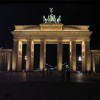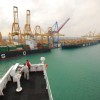In case you were not aware, the Suez Canal is a 161km long artificial passageway through the Egyptian desert, connecting the Mediterranean Sea to the Red Sea between Port Said to the southern town of Suez. It opened late in 1869 and allows ships (up to a certain size) to travel between Europe and Asia without sailing the traditional long route around Africa; reducing a vessels voyage by about 7,000 kilometres. In any given year there are between 17,000 - 18,000 vessels which pass through the canal (50 per day).
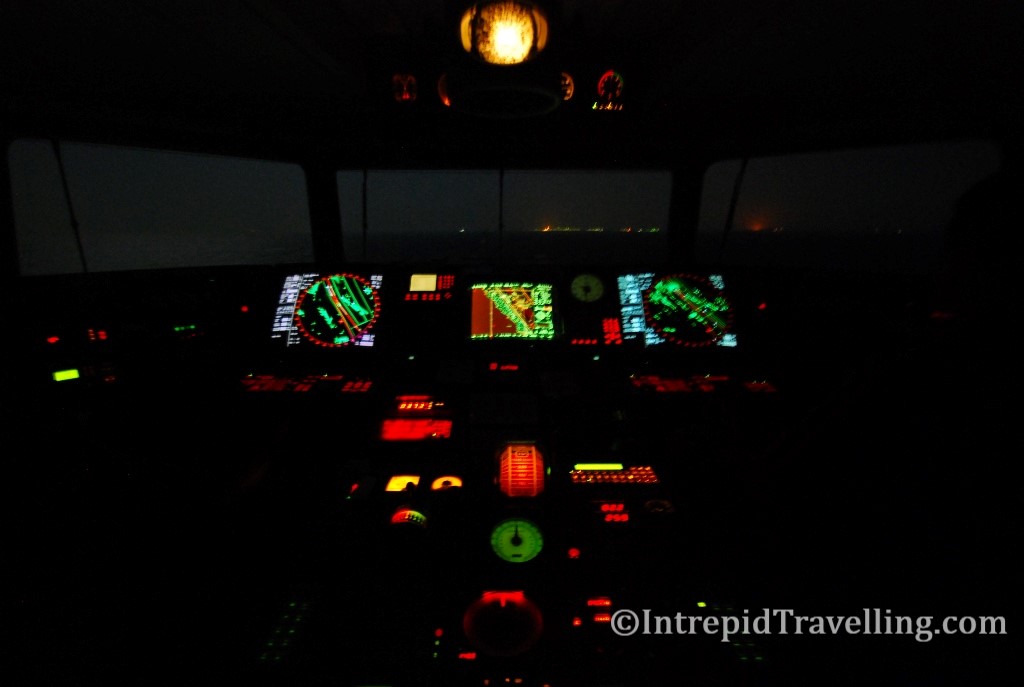
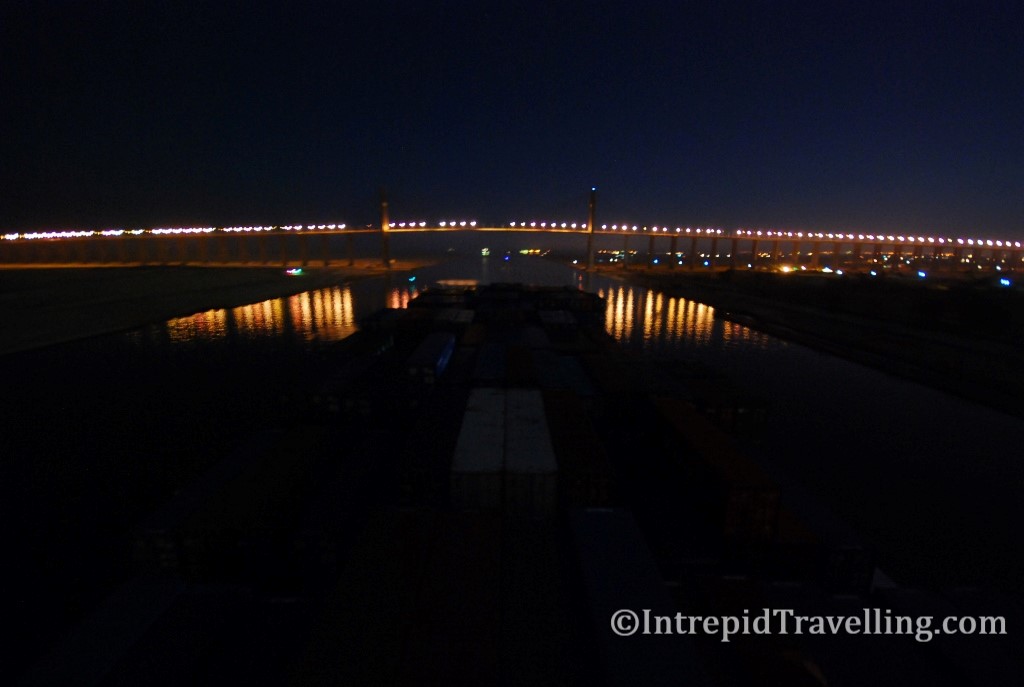
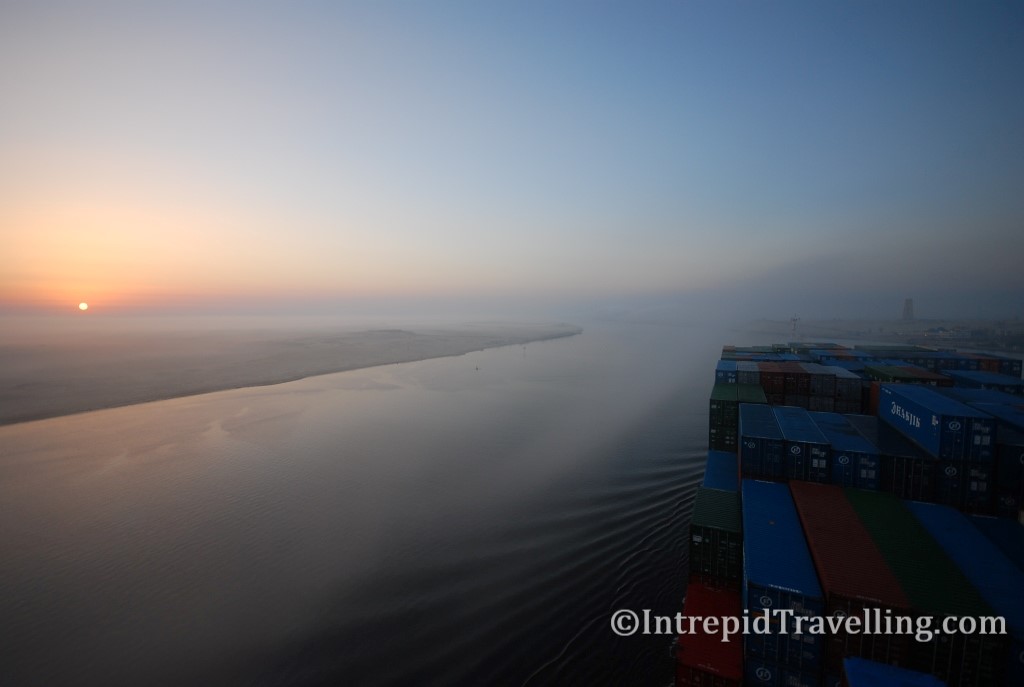
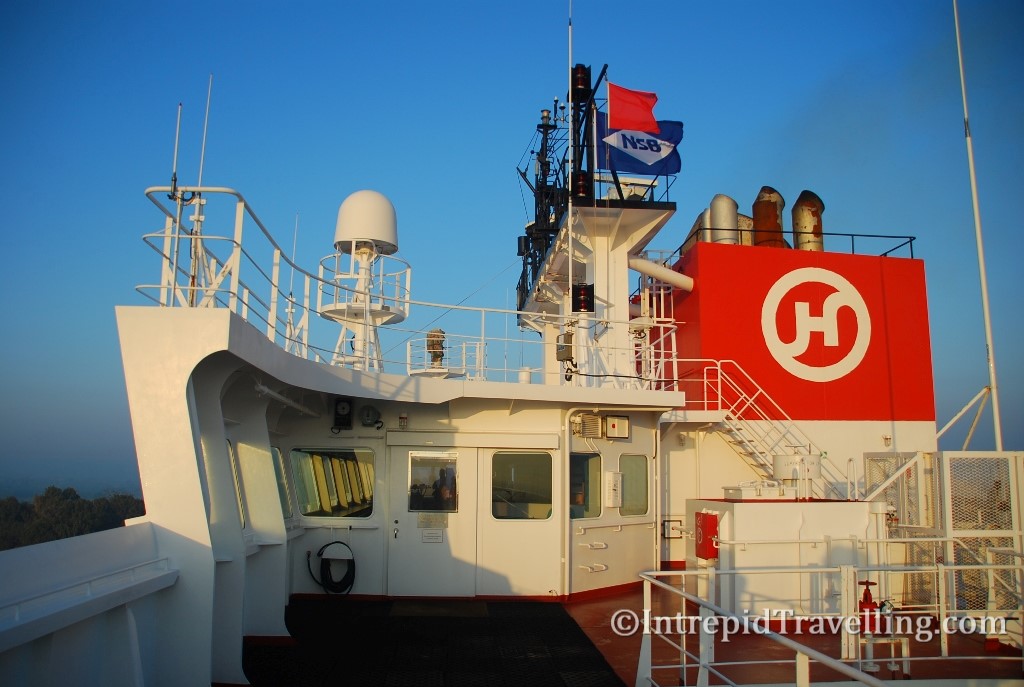
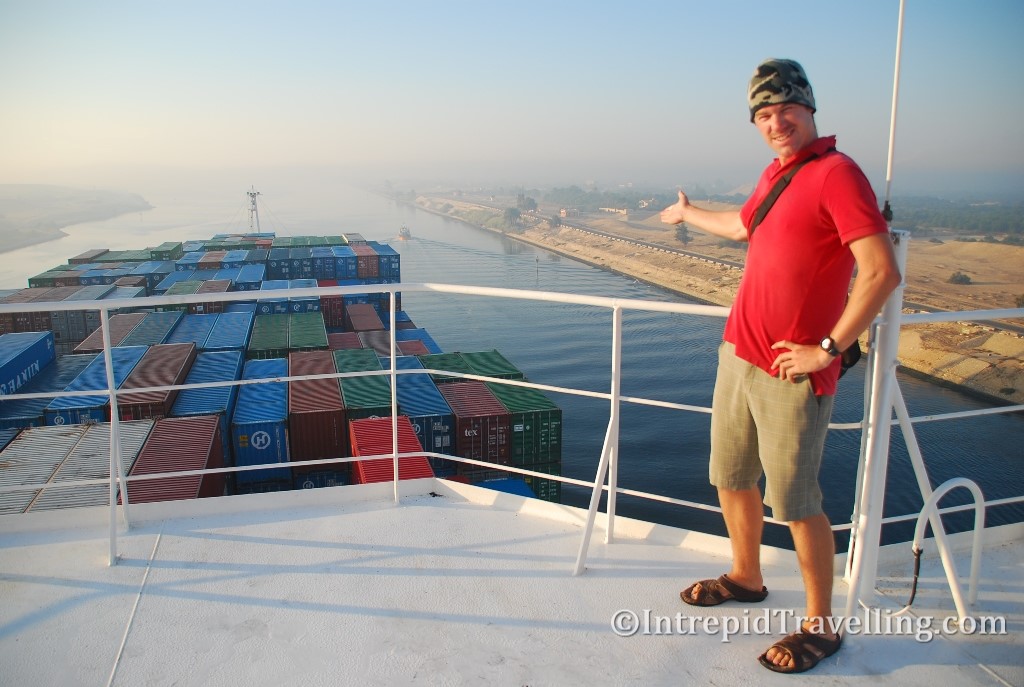
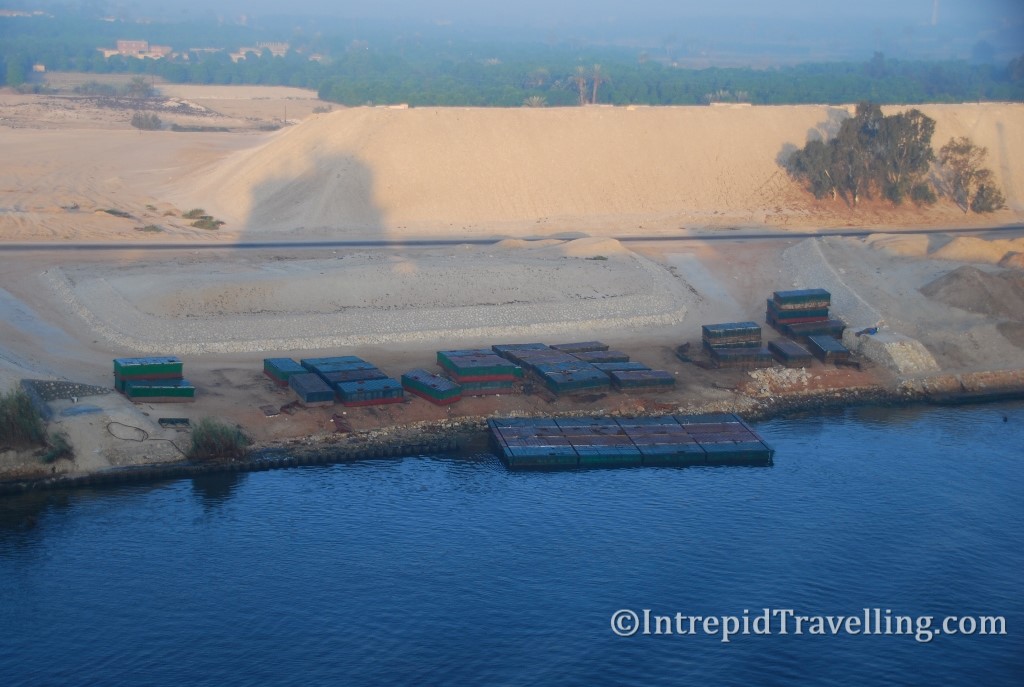
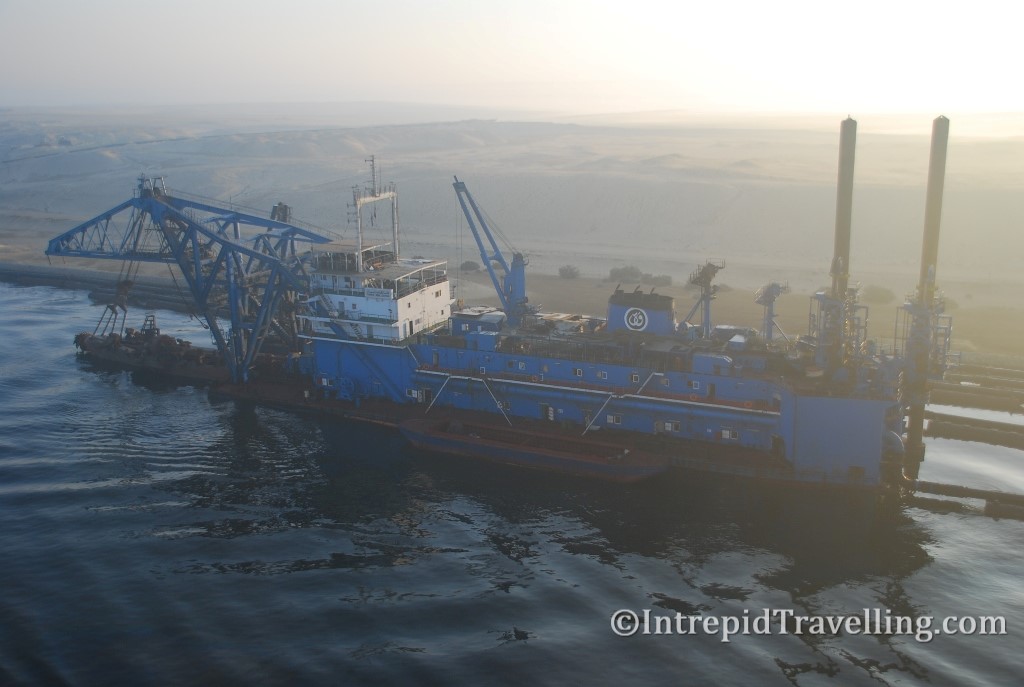
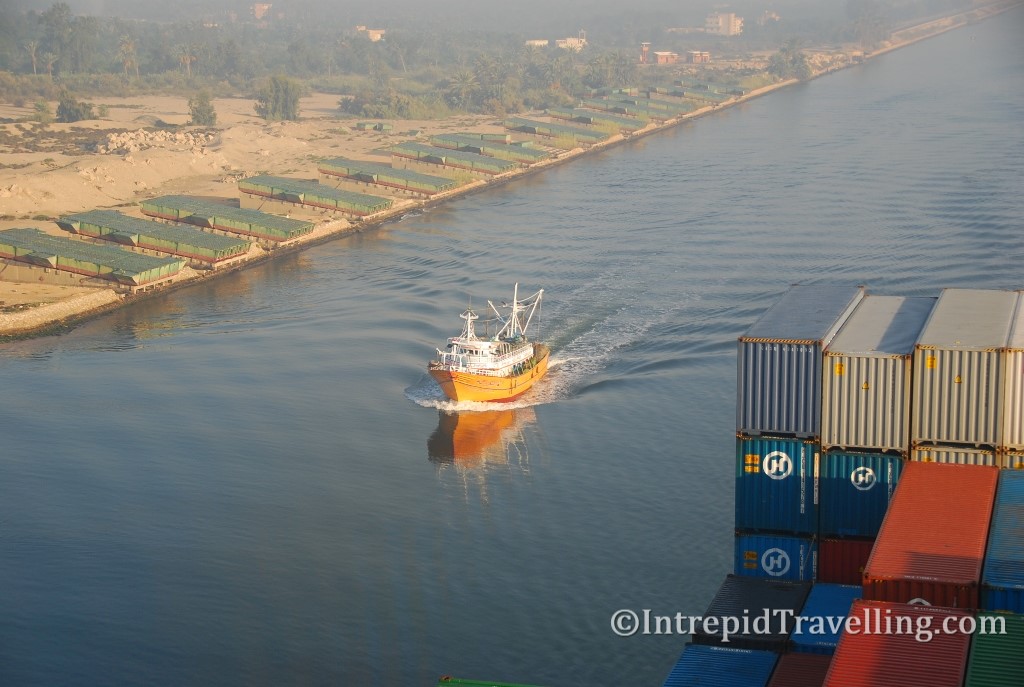
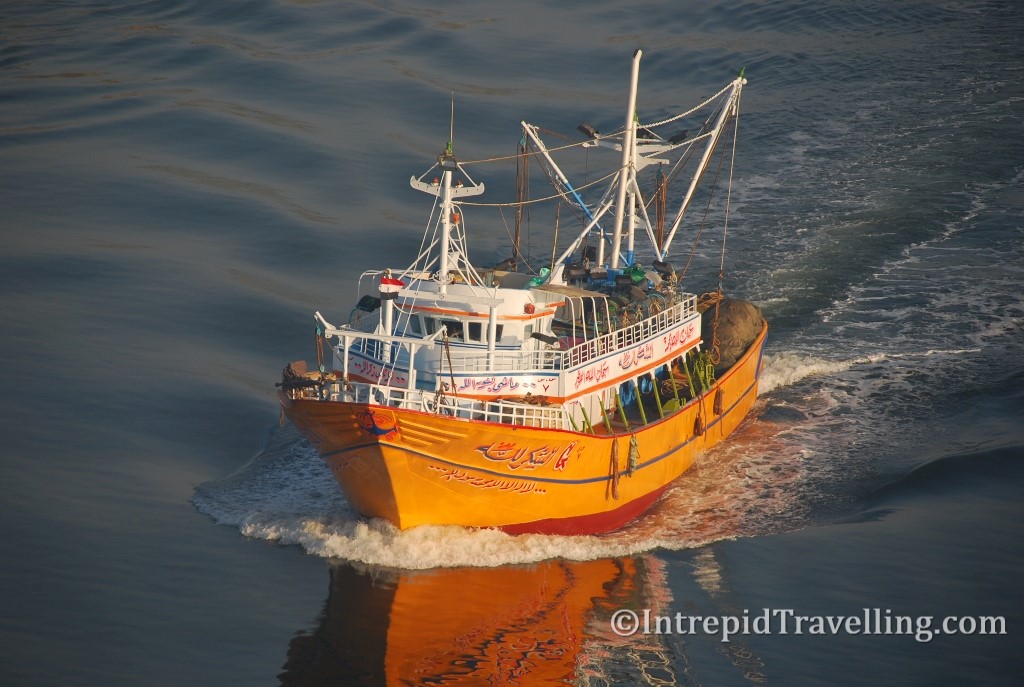
After three days crossing the length of the Mediterranean Sea, we joined the queue to gain passage through the canal. Ours would be an early morning slot as our convoy of 12 vessels assembled and proceed to the canal’s entrance at 0100hrs. No problem though, as after a short sleep we were up and waiting on the bridge for the Suez show to begin under the light of a brilliant full moon. From our vantage point 40 meters up on the bridges navigation wings, we are afforded fantastic views of the passing desert and farmland after a spectacular sunrise over Egypt’s Sinai Peninsula.
The convoy proceeds slowly along the canal, guided by the Pilot who has come aboard and assumed control of the vessel. The Pilot is a local, who has in-depth knowledge of the local waterways and procedures.
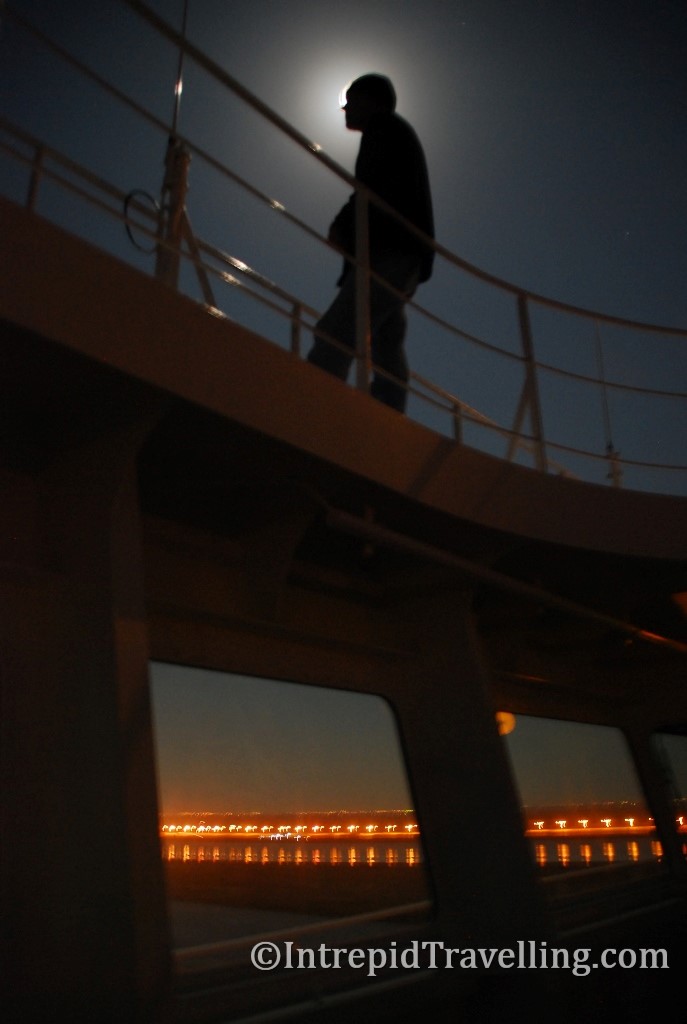
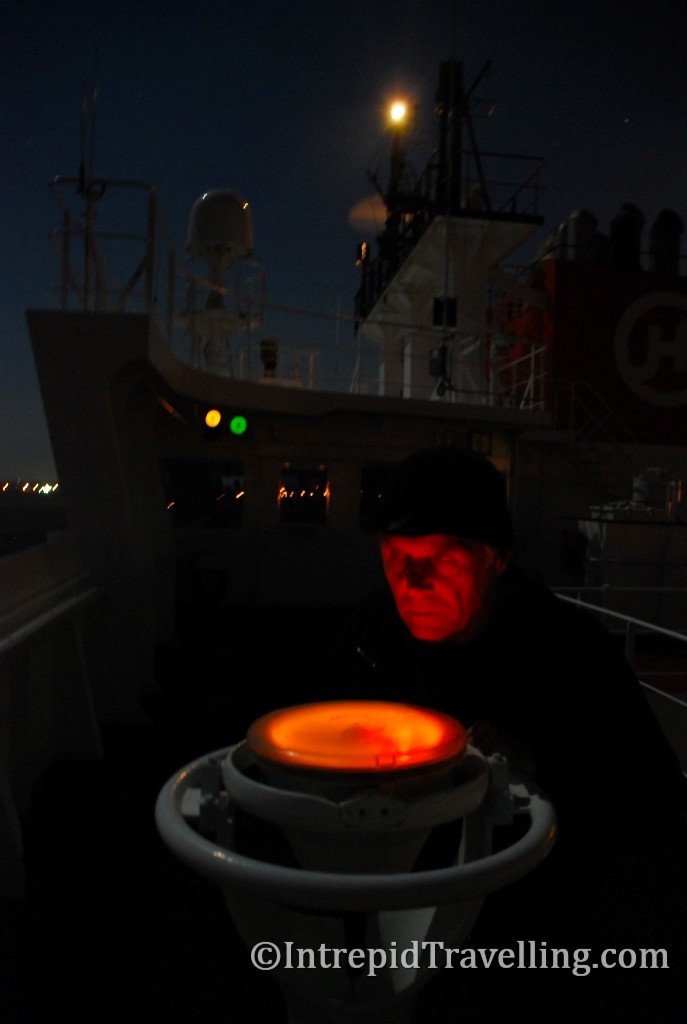
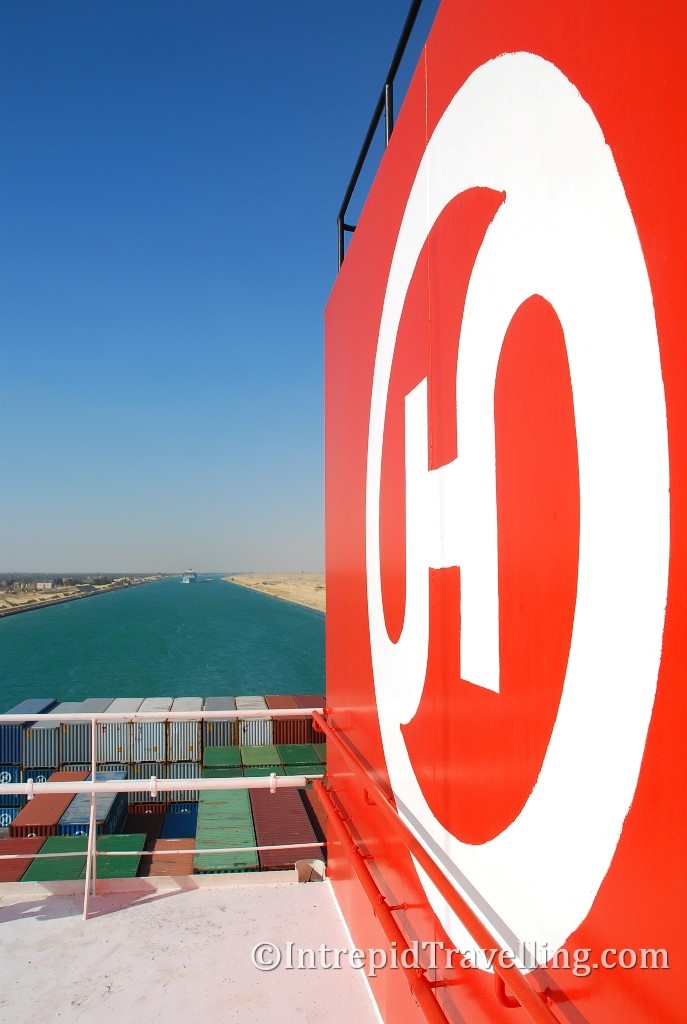
Other smaller vessels also navigate the canal alongside us, such as local fishing vessels which maybe returning from a mornings fishing or heading to the middle of the Suez Canal where there is a salt water lake. The lake is called Great Bitter Lake and it is here where convoys from the south and north pass each other as the canal was one lane only when I transited it. However, in 2014 a new canal expansion called the 'New Suez Canal' was opened which allowed ships to transit the canal in both directions simultaneously for a short section north of Great Bitter Lake.
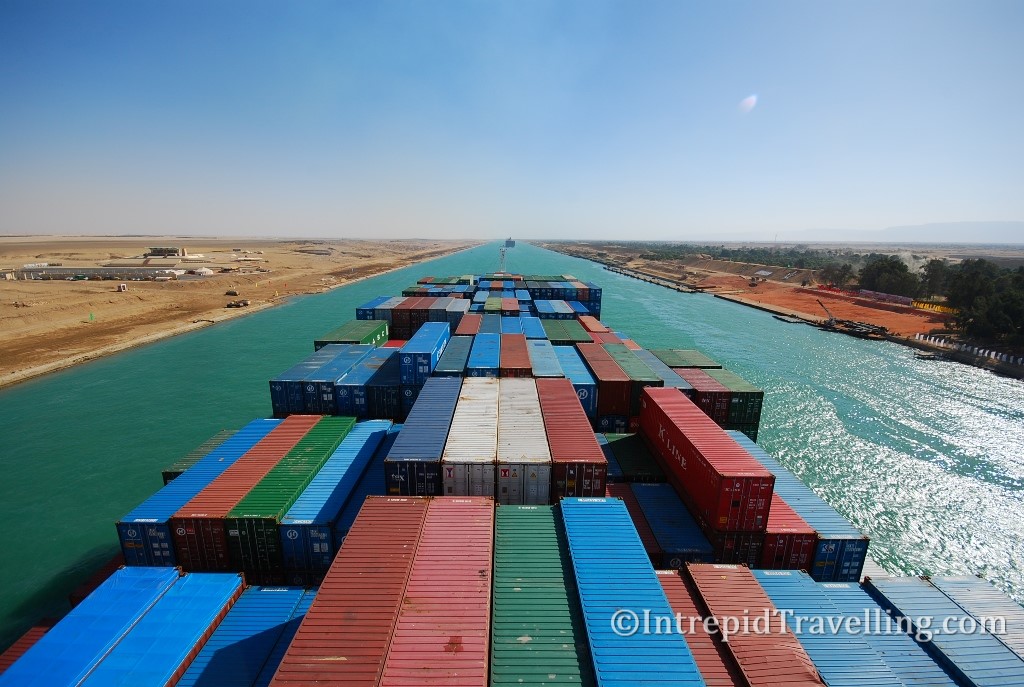
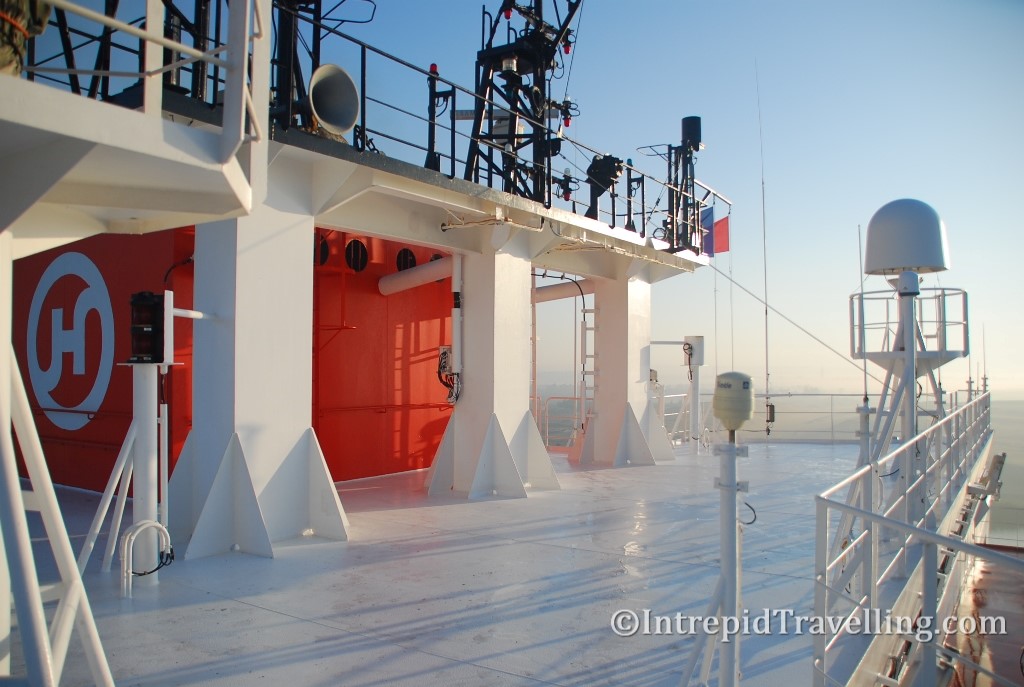
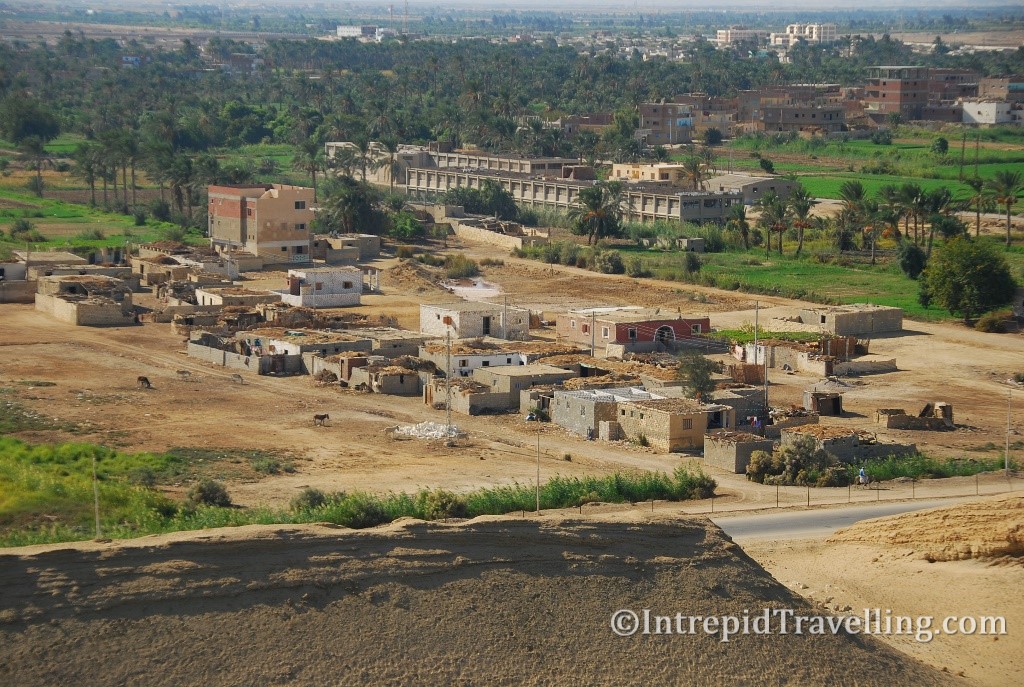
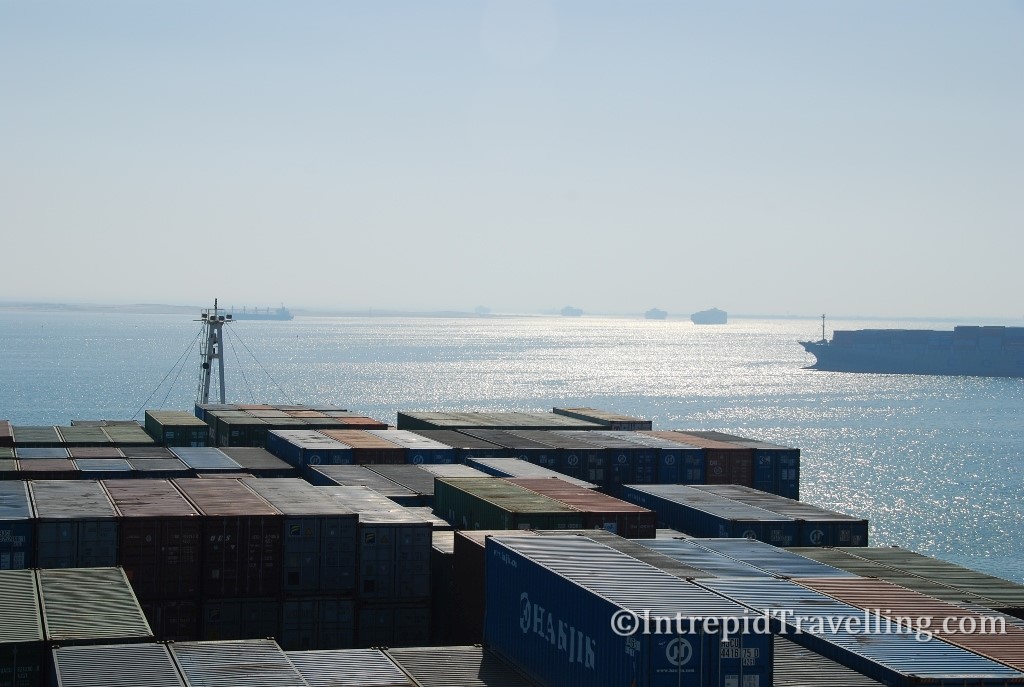
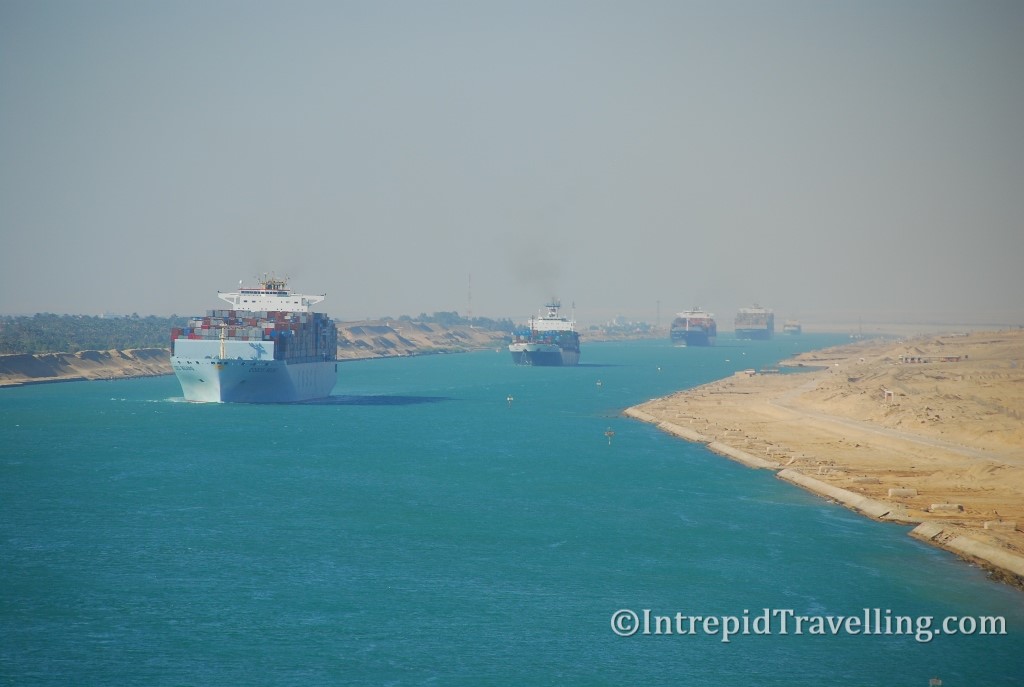
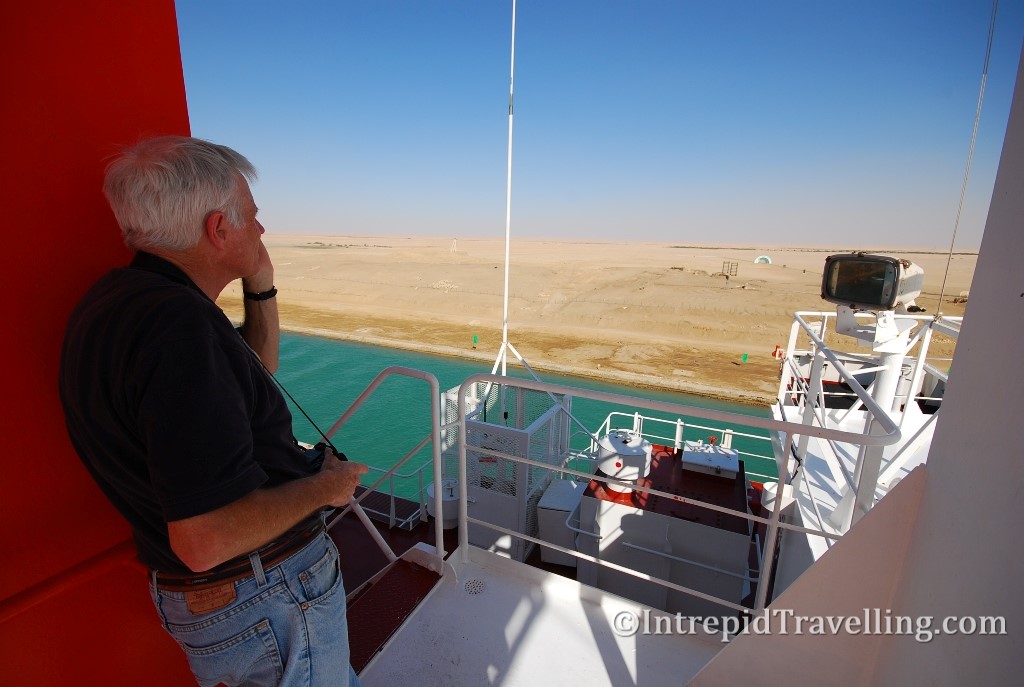
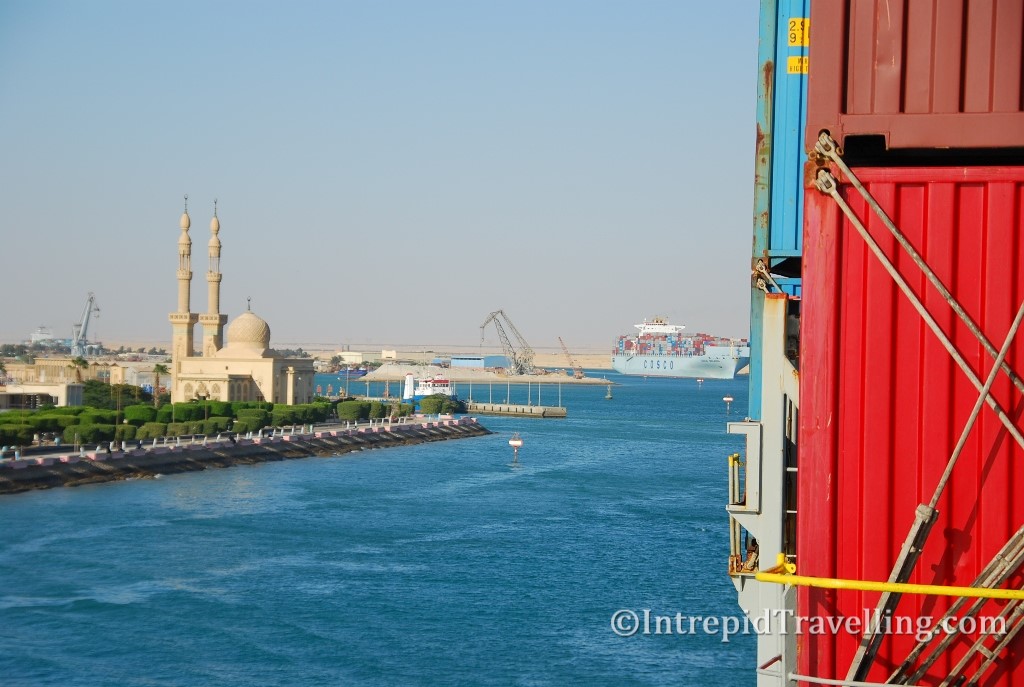
As you approach the end of the canal near the town of Suez and enter the Red Sea, you can see the flares from the nearby Egyptian gas platforms in the distance. Of course this part of the Middle East is rich with hydrocarbons as Saudi Arabia borders the eastern shores of the Red Sea. It takes about 15 hours to navigate the length of the canal and for a vessel of our size it costs about USD $200,000 to pass through; not a bad money spinner for Egypt.


